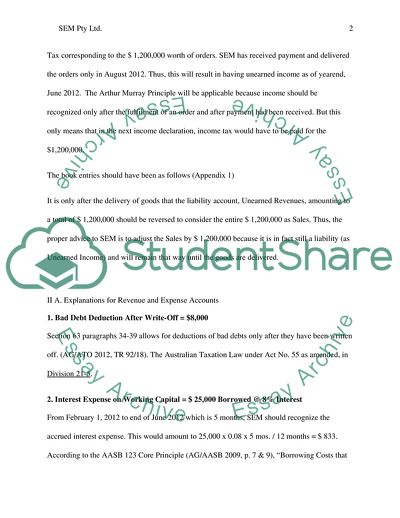Cite this document
(INCOME taxition(auditing) Term Paper Example | Topics and Well Written Essays - 2000 words, n.d.)
INCOME taxition(auditing) Term Paper Example | Topics and Well Written Essays - 2000 words. https://studentshare.org/finance-accounting/1780940-income-taxitionauditing
INCOME taxition(auditing) Term Paper Example | Topics and Well Written Essays - 2000 words. https://studentshare.org/finance-accounting/1780940-income-taxitionauditing
(INCOME taxition(auditing) Term Paper Example | Topics and Well Written Essays - 2000 Words)
INCOME taxition(auditing) Term Paper Example | Topics and Well Written Essays - 2000 Words. https://studentshare.org/finance-accounting/1780940-income-taxitionauditing.
INCOME taxition(auditing) Term Paper Example | Topics and Well Written Essays - 2000 Words. https://studentshare.org/finance-accounting/1780940-income-taxitionauditing.
“INCOME taxition(auditing) Term Paper Example | Topics and Well Written Essays - 2000 Words”. https://studentshare.org/finance-accounting/1780940-income-taxitionauditing.


